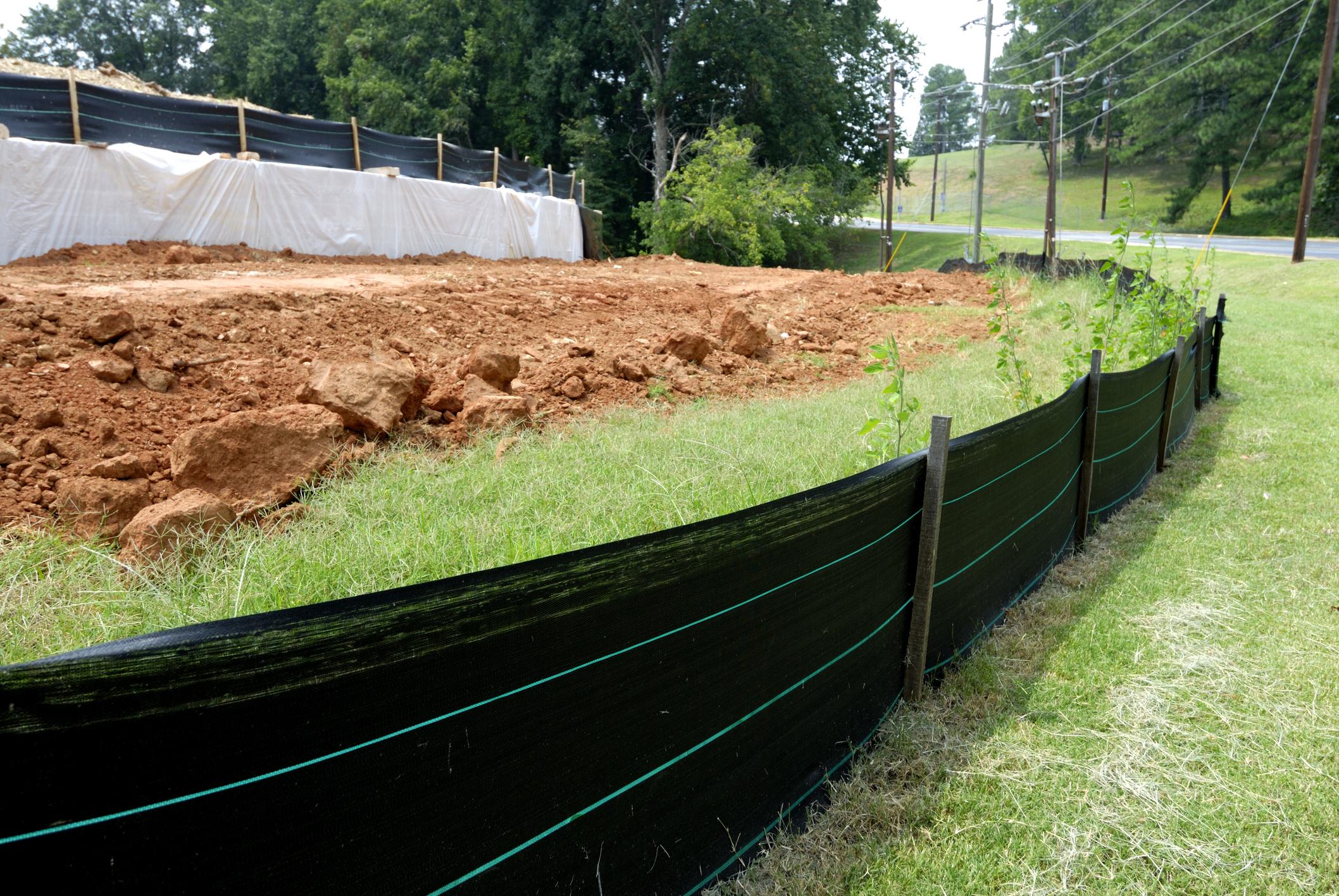EPA Finalizes Modification of the 2017 Construction General Permit
June 27th, 2019

EPA finalized a modification to the NPDES 2017 Construction General Permit (CGP), which covers eligible stormwater discharges from construction activities in areas where the EPA is the permitting authority states of New Hampshire, Massachusetts, New Mexico, and Idaho, as well as most Indian country lands. The final modified permit takes effect on June 27, 2019, and expires on February 16, 2022.
EPA’s NPDES regulations specify that permits are required for stormwater discharges from construction activities that disturb at least one acre, including smaller sites that are part of a larger common plan of development or sale that will ultimately disturb at least one acre.
- Removed examples in the definition of ‘‘operator’’—The EPA removed two examples that appeared in Part 1.1.1 of the CGP showing examples of the type of entity that would be considered an ‘‘operator’’ and would be eligible for coverage under the permit so that entities determining if they should seek permit coverage under the modified 2017 CGP can focus solely on the substantive definition of operator.
- Aligned language of three requirements with the C&D rule—The EPA adjusted the wording of two erosion and sediment control requirements and one pollution prevention requirement in the permit to clarify their intent and to align their text with the C&D ELG at 40 CFR part 450.
- Minimize dust. Text has been modified as follows: On areas of exposed soil, minimize dust through the appropriate application of water or other dust suppression techniques to control the generation of pollutants that could be discharged in stormwater from the site.
- For storage, handling, and disposal of building products, materials, and wastes. Text has been modified as follows: Minimization of exposure is not required in cases where the exposure to precipitation and to stormwater will not result in a discharge of pollutants, or where exposure of a specific material or product poses little risk of stormwater contamination (such as final products and materials intended for outdoor use).
- Section 2.2.11 text has been modified as follows: Control stormwater discharges, including both peak flowrates and total stormwater volume, to minimize channel and streambank erosion and scour in the immediate vicinity of discharge points. 24 Examples of control measures that can be used to comply with this requirement include the use of erosion controls and/or velocity dissipation devices, check dams, sediment traps), within and along the length of a stormwater conveyance and at the outfall to slow down runoff.
- Minimize dust. Text has been modified as follows: On areas of exposed soil, minimize dust through the appropriate application of water or other dust suppression techniques to control the generation of pollutants that could be discharged in stormwater from the site.
- Clarified individual operator responsibility in multiple operator arrangements—The EPA clarified an individual operator’s legal responsibility for permit compliance in situations where there are multiple operators who divide permit responsibilities among themselves. In particular, the EPA removed references to ‘‘joint and several liability’’ from the original permit since they may have provided an inaccurate explanation of what the permit compliance duties are for multiple operators who share implementation responsibilities under the permit. In addition, the EPA clarified that, where multiple operators divide permit responsibilities among themselves, each operator remains responsible for compliance with the permit, but that they do not have to duplicate those permit-related functions if one of the other operators is appropriately implementing the relevant requirement in full compliance with the permit. Additionally, the EPA added the ‘‘Operator A/B’’ example, which explains how operators do not have to duplicate divided responsibilities, to the permit footnote 52 to reinforce the Agency’s position. The example reads, ‘‘In other words, if Operator A relies on Operator B to satisfy its permit obligations, Operator A does not have to duplicate those permit-related functions if Operator B is implementing them for both operators to be in compliance with the permit. However, Operator A remains responsible for permit compliance if Operator B fails to implement any measures necessary for Operator A to comply with the permit.’’
HRP recommends reviewing your material handling procedures, dust control procedures, and the BMPs at the outfalls where you discharge stormwater to ensure you are meeting the criteria of the modified permit. If you happen to be on a site with multiple operators, be sure that the permit responsibilities have been divided to make certain that everything in the permit is being addressed.
Elyse M. Abel, QCIS, QSWPPP, Project Manager at HRP Associates, Inc.






